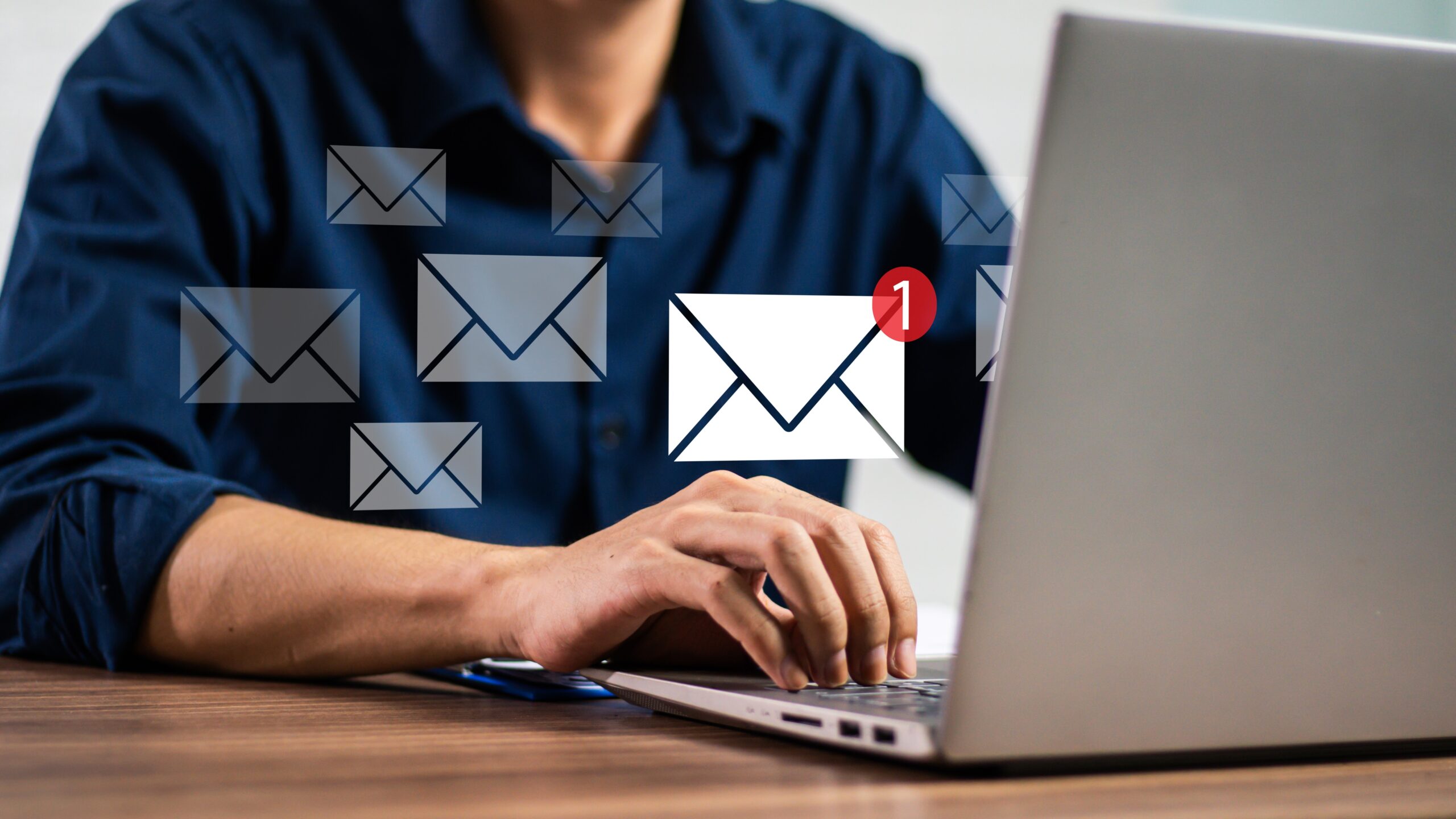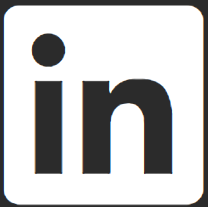Marketing personalization is often associated with large brands with hefty budgets. However, it’s a powerful tool that small businesses can leverage and benefit from, too.
By tailoring your message and experiences, you can cultivate stronger relationships with your target audience, increase engagement, and build lasting loyalty.
In this guide below, we will explore the best marketing personalization strategies that will help small businesses create more meaningful interactions with their customers.
Key Takeaways:
- Personalization is crucial for customer engagement – Tailoring your content to meet the needs of your audience strengthens connections, increases conversions, and fosters brand loyalty.
- Use customer data to drive personalization – Leverage tools like website analytics, surveys, and social media insights to gather valuable data and segment your audience effectively.
- Dynamic content is a game-changer – Customize your content, from emails to website recommendations, to match your audience’s interests and behaviors, ensuring relevant and engaging experiences for different people.
- Tailored retargeting ads can boost conversions – Retarget visitors with dynamic ads that reflect their previous interactions with your brand, increasing the chances of conversion.
- Continuous refinement is key – Regularly analyze engagement metrics, test different strategies, and gather customer feedback to refine your personalization efforts for maximum impact.
Why Marketing Personalization Strategies Matter for Your Brand
Personalization shows your target audience that you understand their needs, allowing you to connect with them better and stand out in a crowded market.
Here’s why marketing personalization strategies matter:
- Strengthens customer connections: Personalization helps build trust and fosters emotional connections with your audience.
- Improves customer experience: Tailoring your content or offers enhances the overall experience and encourages repeat business.
- Boosts conversions: Relevant content drives higher engagement and increases the likelihood of conversions.
- Fosters brand loyalty: Personalization encourages customers to return and advocate for your brand.
- Gives a competitive edge: Personalized marketing sets your brand apart, making it more memorable and appealing.
Start With Customer Data to Build Personalized Marketing Campaigns
Before you can create personalized messages or experiences, it’s essential to gather and analyze your customer data. Understanding your audience’s preferences, behaviors, and needs will allow you to segment them effectively and tailor your outreach efforts or touchpoints.
Leverage website analytics.
Use tools like Google Analytics to track customer behavior on your website. Insights into what pages they visit, how long they stay, and what they click on can help you understand their interests.
Use customer surveys.
Ask your customers directly what they want through insightful surveys. This information can guide how you will personalize your content. Keep it simple and focused to encourage more responses and gather more precise data.
Track social media interactions.
Monitor social media channels to gauge customer sentiment and feedback. You can also use social listening tools to reveal valuable insights into what resonates with your audience.
Create Dynamic Content That Speaks Directly to Your Audience’s Needs
Tailoring your content to meet the specific needs and pain points of your audience is one of the most effective ways to personalize your outreach initiatives.
By aligning your content with what your customers want to know or learn, you increase the likelihood of engagement.
Segment your email lists.
Create different email groups based on interests, behaviors, or purchase history. Send targeted content that speaks to each group’s specific needs, whether it’s a special promotion or educational material.
Use dynamic website content.
Adjust your website content based on visitor behavior. For example, show personalized recommendations based on what products they’ve browsed or purchased in the past. Doing so increases the relevance of your content, encourages return visits, and boosts the likelihood of conversion.
Publish tailored blog posts
Create blog content that addresses specific topics relevant to different customer segments. Use key data from your market research to provide insightful content that resonates. This strategy demonstrates how well you understand your target audience, positioning you as a helpful resource and an industry expert.
Use Personalized Email Marketing to Boost Engagement and Conversions
Email marketing continues to be one of the most effective tools for personalizing your outreach. By using customer data to send highly relevant and timely messages, you can drive engagement and conversion rates.
Send personalized subject lines.
Include the recipient’s name or reference something specific to them in the subject line. This will make your email feel more relevant, which can significantly boost your open rates. The good news is that you don’t have to do this manually, as there are various tools you can use to personalize your emails.
Deliver tailored offers.
Send exclusive deals or discounts that align with your target audience’s interests or past purchases. This not only incentivizes customers to make a purchase but also shows them that you understand their needs, which increases connection and loyalty.
Automate follow-ups.
Use automated email campaigns to send personalized follow-ups. For example, if a customer abandons their cart, send a reminder email with a customized offer. Timely, automated follow-ups ensure that you stay engaged with potential customers without missing the opportunity to convert them.
Implement Personalized Retargeting Ads to Re-Engage Visitors
Retargeting ads are a powerful way to re-engage visitors who’ve interacted with your website but haven’t converted. These ads can be customized to remind users of the products or services they viewed and encourage them to return and complete the purchase.
Use dynamic product ads.
Show users the exact offerings they’ve viewed on your website. Doing so will remind customers of items they were already interested in, which can drive them back to complete their purchase.
Retarget based on behavior.
Tailor your retargeting efforts based on user behavior, such as showing a discount for abandoned carts or a special offer for repeat visitors. This type of segmentation makes your ads feel more relevant and timely, improving the chances of converting potential customers.
Utilize multiple ad channels.
Display your personalized ads on various platforms like Google, Facebook, and Instagram to ensure maximum exposure. Diversifying your ad channels increases the reach of your customized content, allowing you to capture the attention of your audience wherever they are most active.
Personalize Your Customer Experience with Customizable Products or Services
Another impactful way to personalize your marketing is by offering customizable products or services that cater to your target audience’s preferences. When your customers feel like they can tailor a product or service to their liking, it creates a deeper sense of ownership and satisfaction.
Allow product customization.
Whether it’s selecting color options, adding personal engravings, or modifying features, giving customers control over their purchases makes them feel more connected to your brand.
Offer personalized services.
Create service packages that customers can modify based on their specific needs. This works well in industries like health and wellness, travel, beauty, or consulting.
Build loyalty through exclusivity.
Consider offering exclusive products or services that only a select group of customers can access, creating a sense of value and personalization.
Analyze Your Results and Refine Your Personalization Strategy
Once you’ve implemented your personalization strategies, it’s essential to track your results and refine your approach. Continuously improving your strategy based on data ensures your personalization efforts remain effective.
Monitor engagement metrics.
Track metrics like open, click-through, and conversion rates to see how well your personalized content is performing. Regularly review these metrics to identify patterns and refine your strategy for even better results.
Conduct A/B testing.
Test different versions of your personalized emails, website content, and targeted ads to see which ones resonate most with your audience. Use the results to improve your messaging and ensure maximum impact continuously.
Solicit customer feedback.
Ask customers how they feel about their personalized experiences. Their feedback can provide valuable insights into areas for improvement, helping you refine your approach for greater customer satisfaction.
Marketing Personalization Is Key to Small Business Success
Marketing personalization strategies aren’t reserved for big corporations with massive budgets. Small businesses can—and should—leverage them to create meaningful connections with their customers, increase engagement, and drive loyalty. By gathering customer data, tailoring content, and refining your strategy based on results, you can build a personalized marketing approach that delivers results.
Need help with your digital marketing and branding strategies? Better Image Solutions specializes in helping small businesses enhance their digital marketing efforts.
Contact our experts today and discover how to get started with personalization, among other services that will help you stand out.




